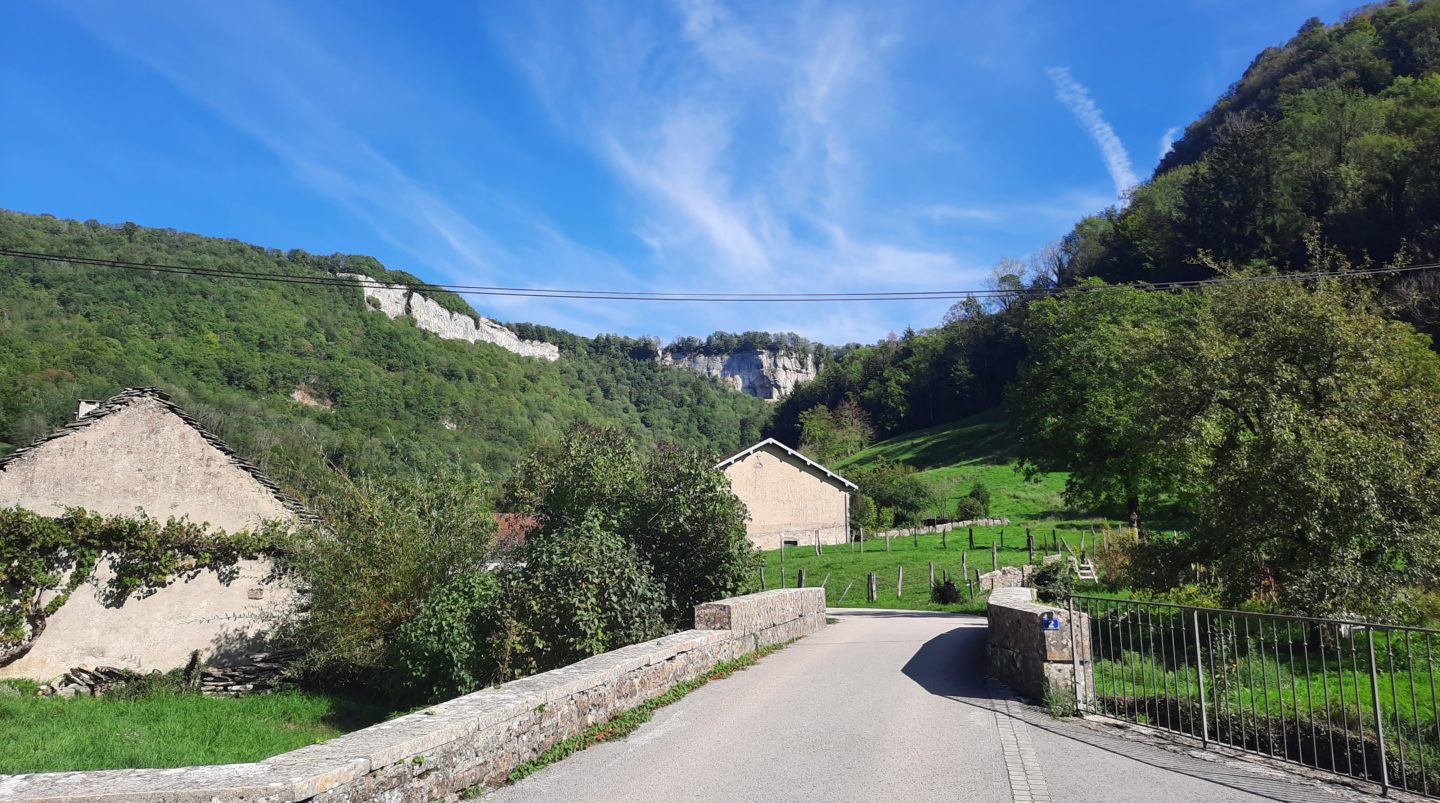First of all, the village of Blois-sur-Seille is located at the confluence of the two Revermont "reculées". In other words, on the other side of the Jura Mountains. It's embedded in the reculées, and the Seille flows at the foot of its cliffs. Its inhabitants are known as Blésiens and Blésiennes.
Villa Blez integra:
To begin with, Blois-sur-Seille first appears in the records of the abbey of Château-Chalon, in the 5th century. It is mentioned as Villa Blez integra. Intrinsically, the Celtic word "Blez" means "wolf". So Blois-sur-Seille was the valley of the wolves. In fact, a field on the plateau in the hamlet of Chaumois Boivin is called "la Louvrasse".
A battered village :
Over the centuries, the Jura village has often suffered.
In the 9th century, it was burnt down by Norman invasions, particularly by the Vikings. As a result, the inhabitants were forced to move to the "Châtelet" plateau. Three centuries later, in the 12th century, the village came under the control of Frederick Barbarossa and his wife, Countess Beatrice of Burgundy, after a long dependence on the abbey of Château-Chalon.
Louis XIII's troops besieged Blois-sur-Seille during the Ten Years' War, so much so that the Blésiens fled and the village was deserted during the war.
However, from the second half of the 17th century onwards, new inhabitants came to populate the Jura village and rebuild what had been destroyed.
Pendant la Révolution Française, les biens et richesses provenus de la dissolution de l’abbaye de Château-Chalon seront redistribuées aux citoyens Blésiens. Par la suite ils érigeront leur mairie-école et placeront l’emblématique statue de Jeanne d’Arc sur la fontaine de la place centrale en 1895.
An agricultural economy :
Blois-sur-Seille benefited from a wealth of natural resources thanks to its location in the Revermont region. Originally, Blois-sur-Seille's local economy was based on farming.
- On the one hand, on the cultivation of vines until the 1980s.
- Et, d’autre part, sur la culture des céréales. D’ailleurs, on stockait la moisson et les chaumes sur le plateau où se trouvaient les « granges ». C’est pourquoi, on donna les noms de Chaumois-Martin et Chaumois-Boivin aux deux hameaux.
- At the bottom of the valley, water power was harnessed from the Seille river to run a flour mill, forge, lathe, etc.
- The dairy produced Comté cheese until 1982. It was supplied with milk from neighboring farms, thanks to the ingenious milk cableway system.
- A shoeing workshop in the center of the village also equipped horses and oxen for farm work.
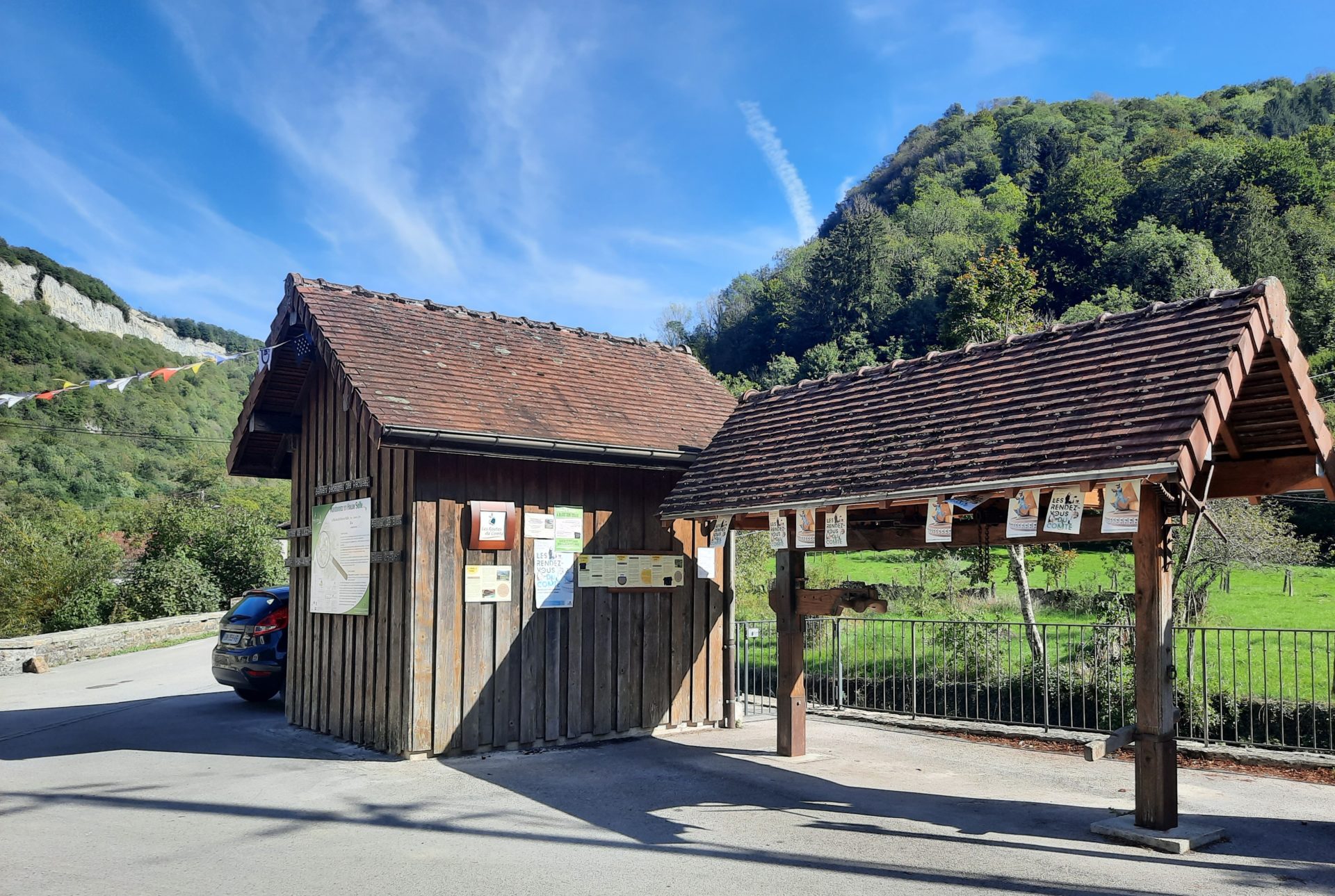
What to do in Blois-sur-Seille
In Blois-sur-Seille, you won't want to miss the impressive reculées. These vertiginous cirques of cliffs were formed over time by erosion. And it's in the heart of these enclosed valleys that the village of Blois-sur-Seille has taken root.
Stroll through the village to admire its vernacular heritage (bridges, farms, shepherds' huts, mission crosses, oratories, fountains, etc.) and enjoy the Olympian calm.
Arrêtez-vous visiter l’église Saint-Gilles.
Last but not least, don't forget the village's central square, with its fountain featuring the statue of Joan of Arc, its shoeing machine and its emblematic milk cableway. This unique installation enabled farmers to move milk balls up and down the cliff by means of cables, thanks to the simple phenomenon of gravity, between the two wooden huts at either end of the cliff. This meant they didn't have to make laborious journeys all year round, whatever the season.
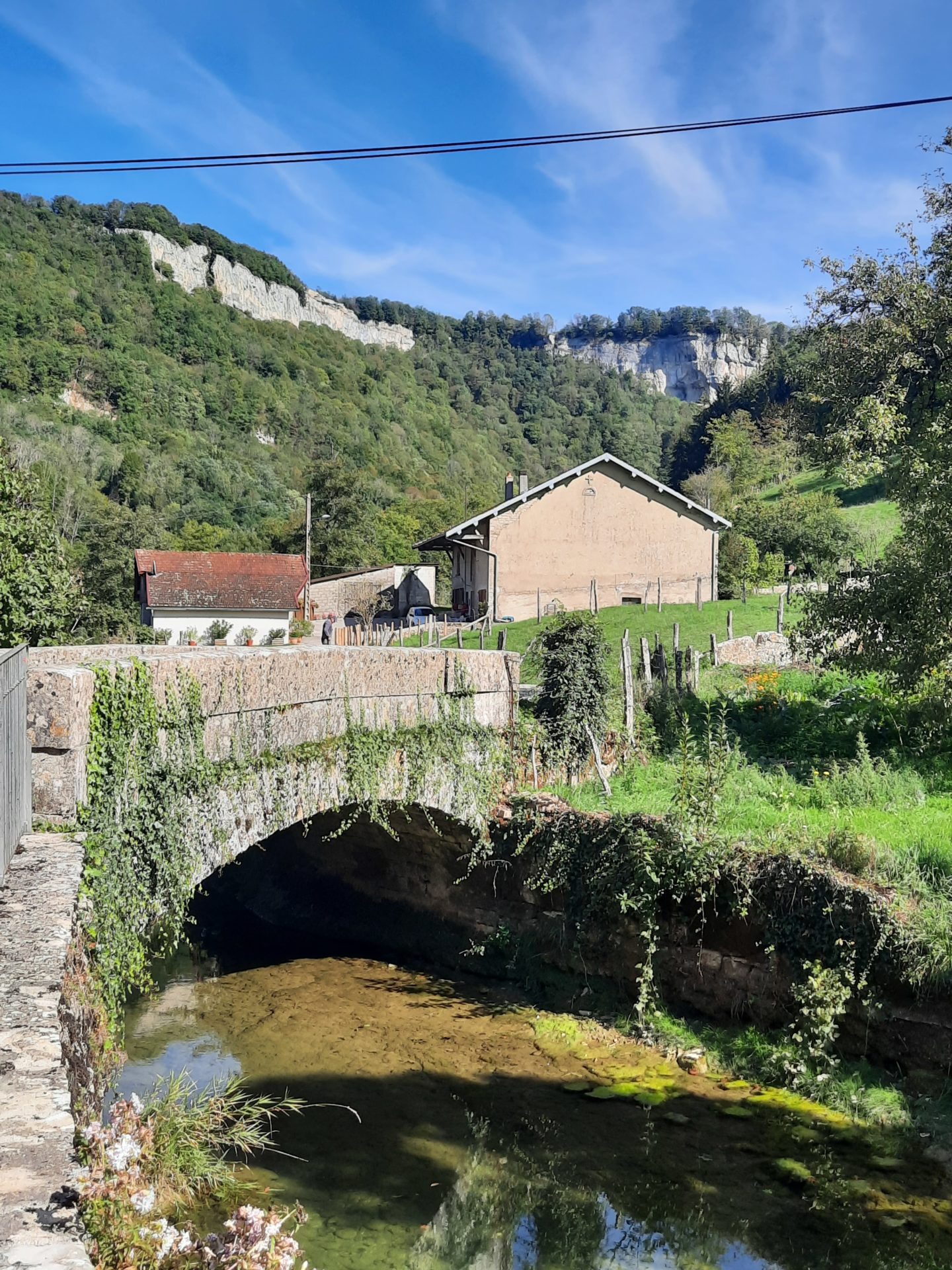
Pont Boivin - Blois-sur-Seille 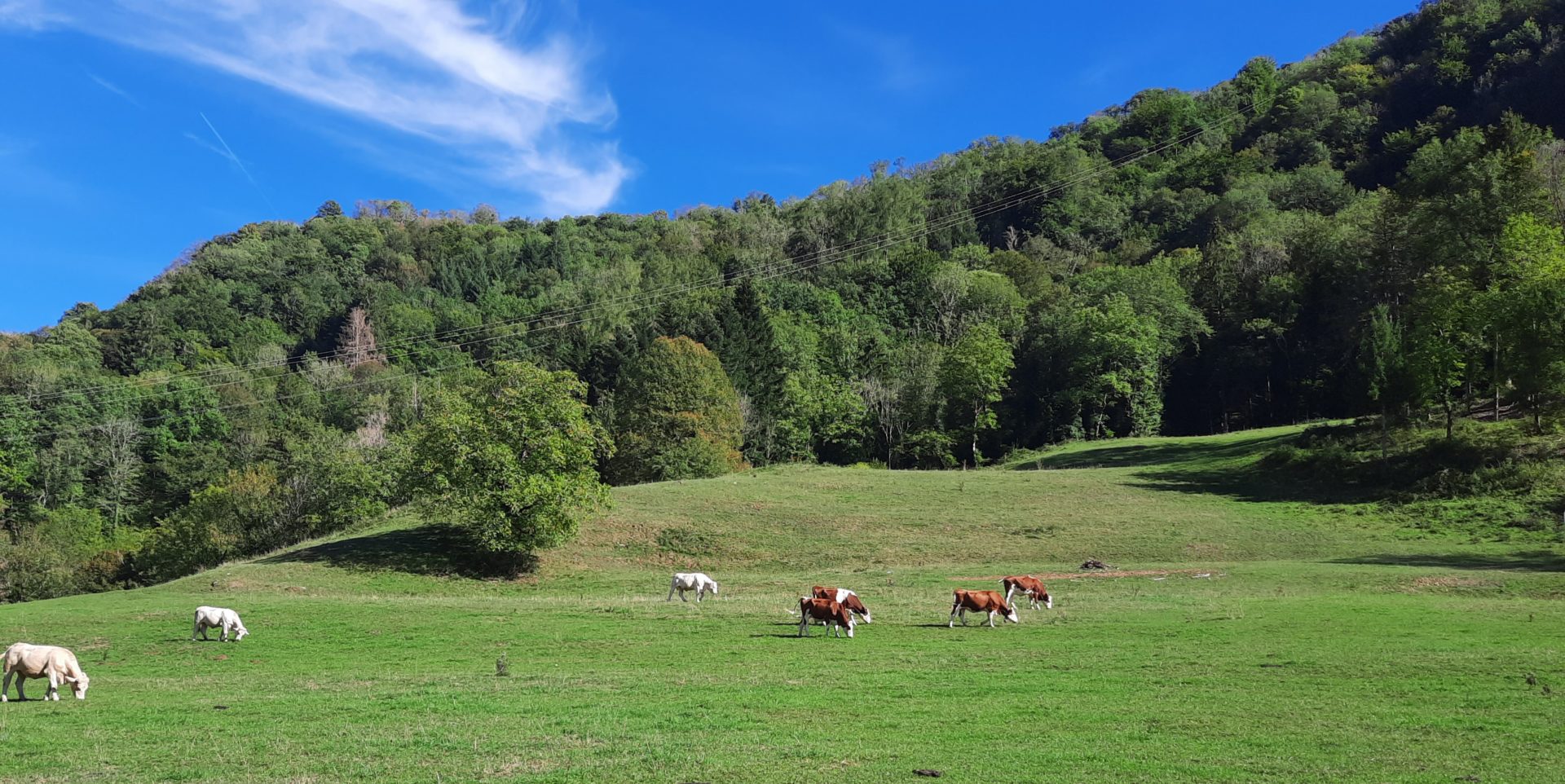
Montbeliarde cows - Blois-sur-Seille 
Eglise Saint-Gilles - Blois-sur-Seille 
Place centrale fountain - Blois-sur-Seille 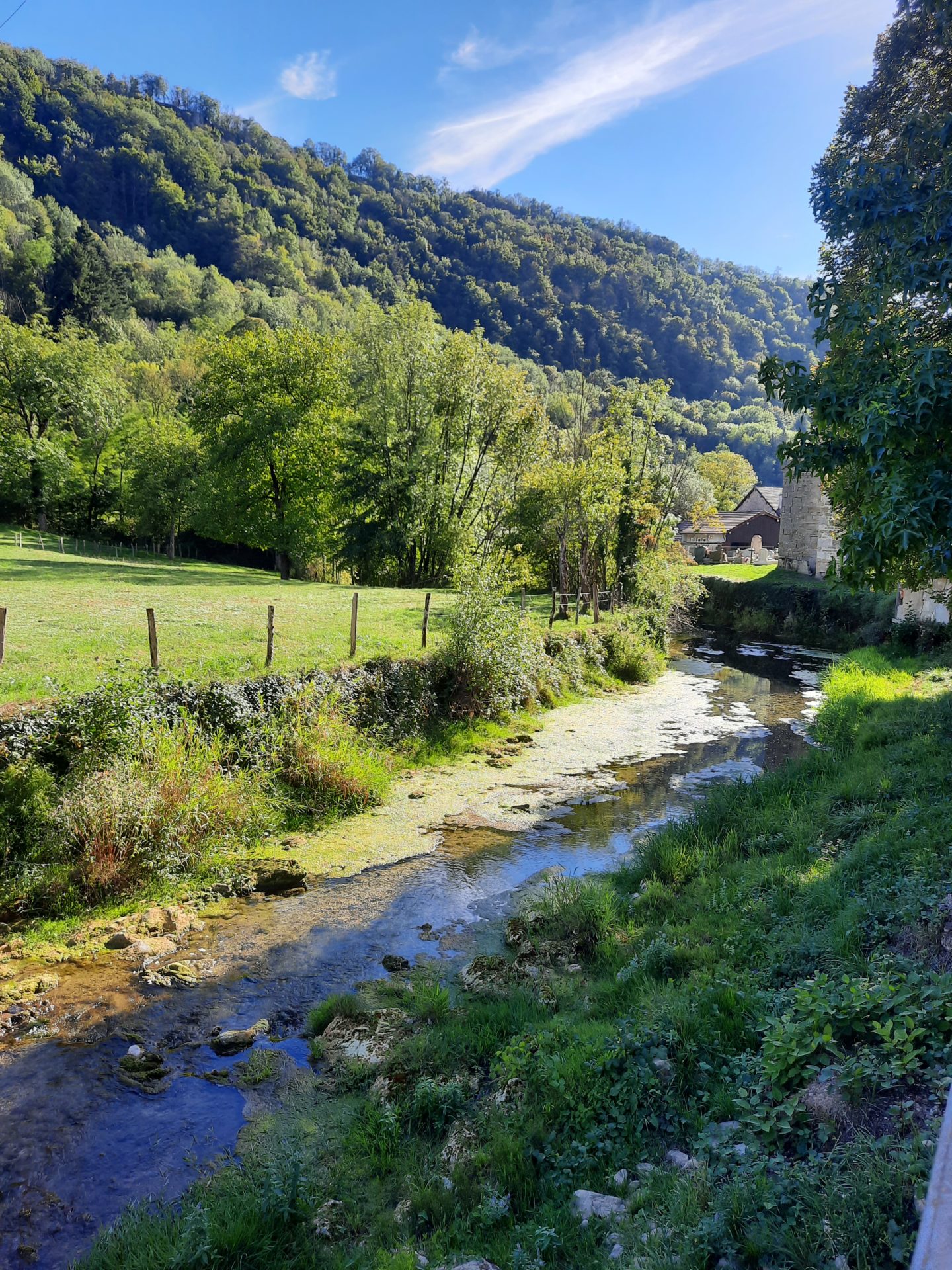
La Seille - Blois-sur-Seille 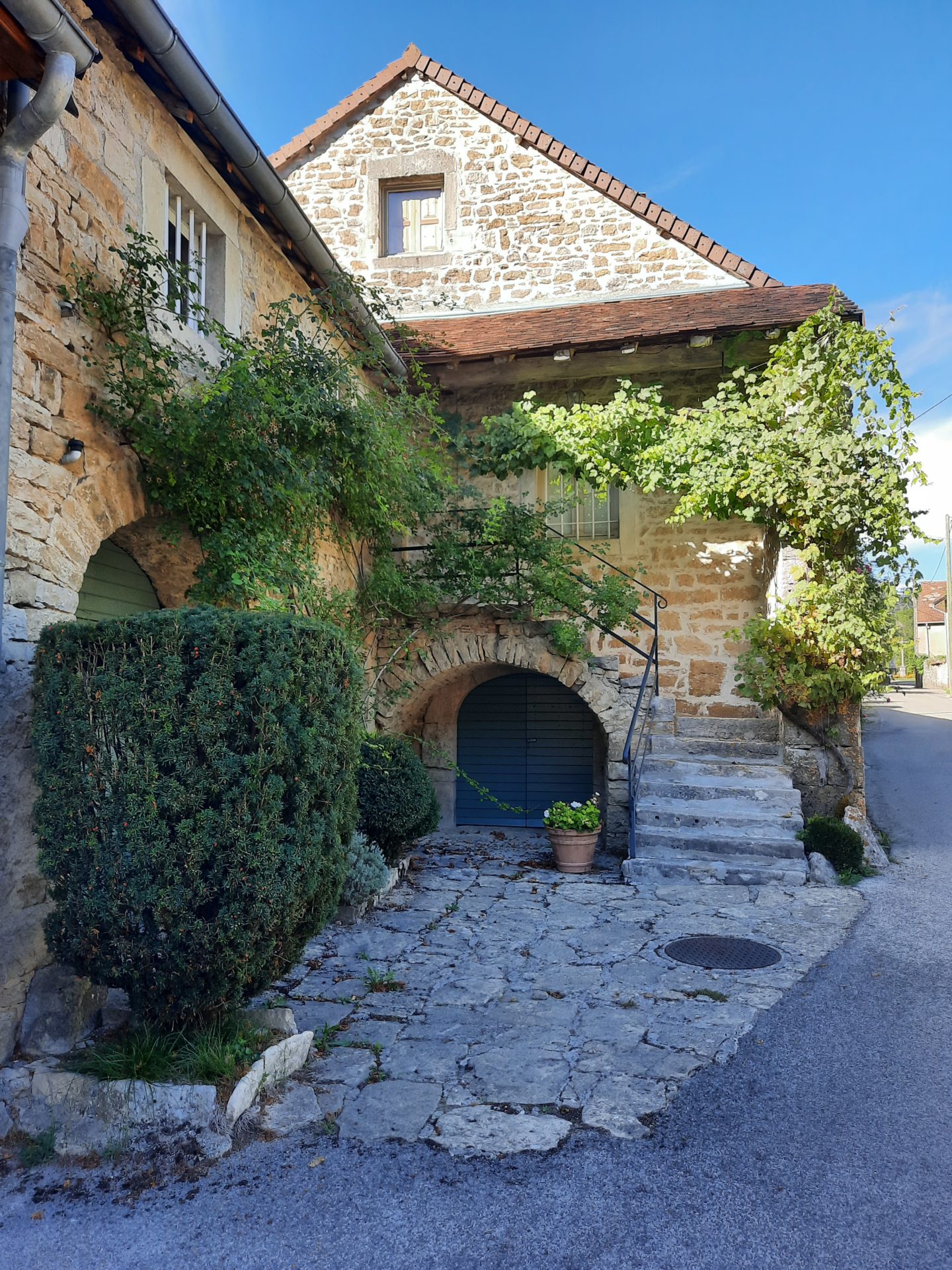
Vernacular heritage - Blois-sur-Seille 
Vernacular heritage - Blois-sur-Seille 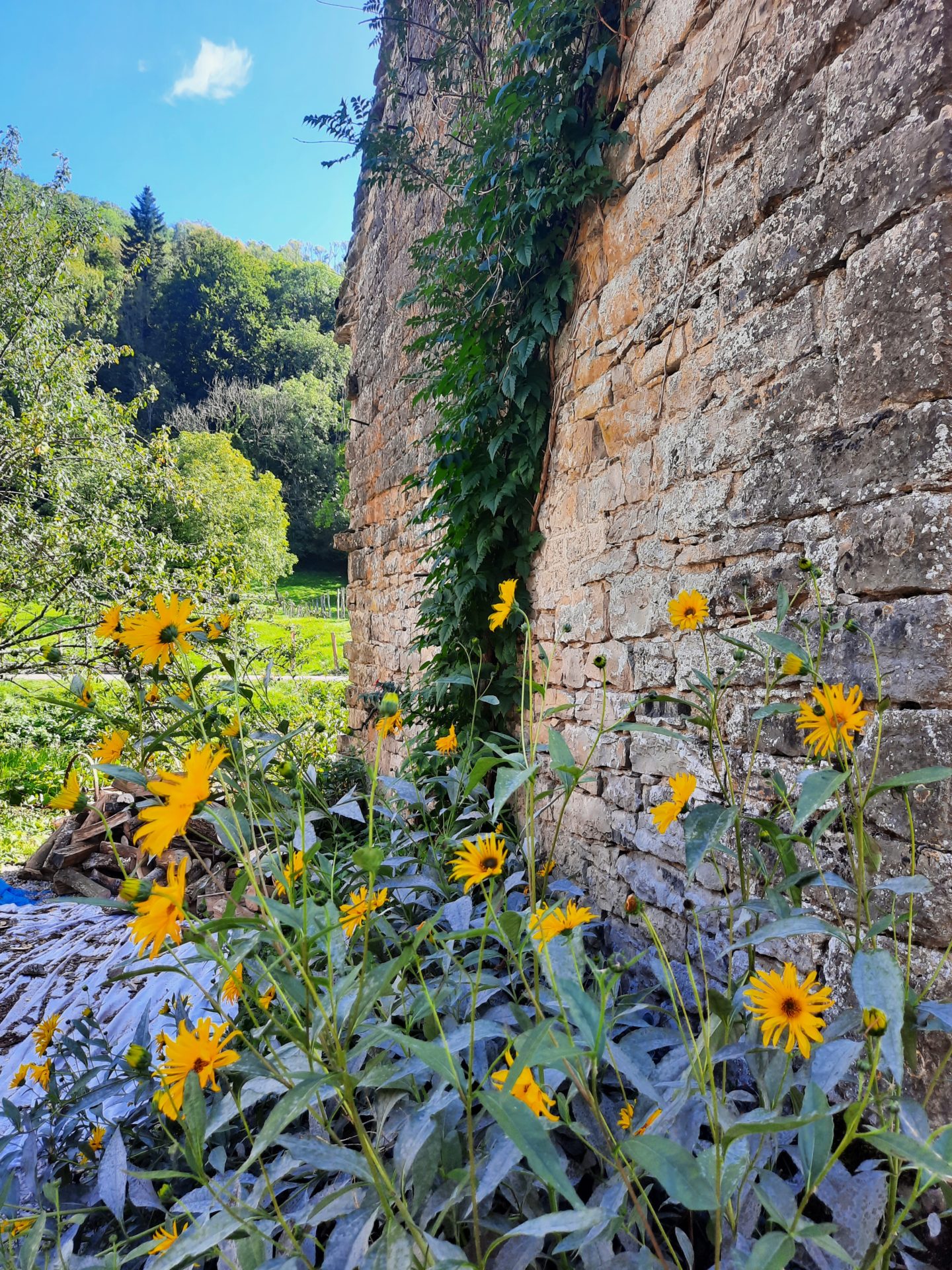
Blois-sur-Seille 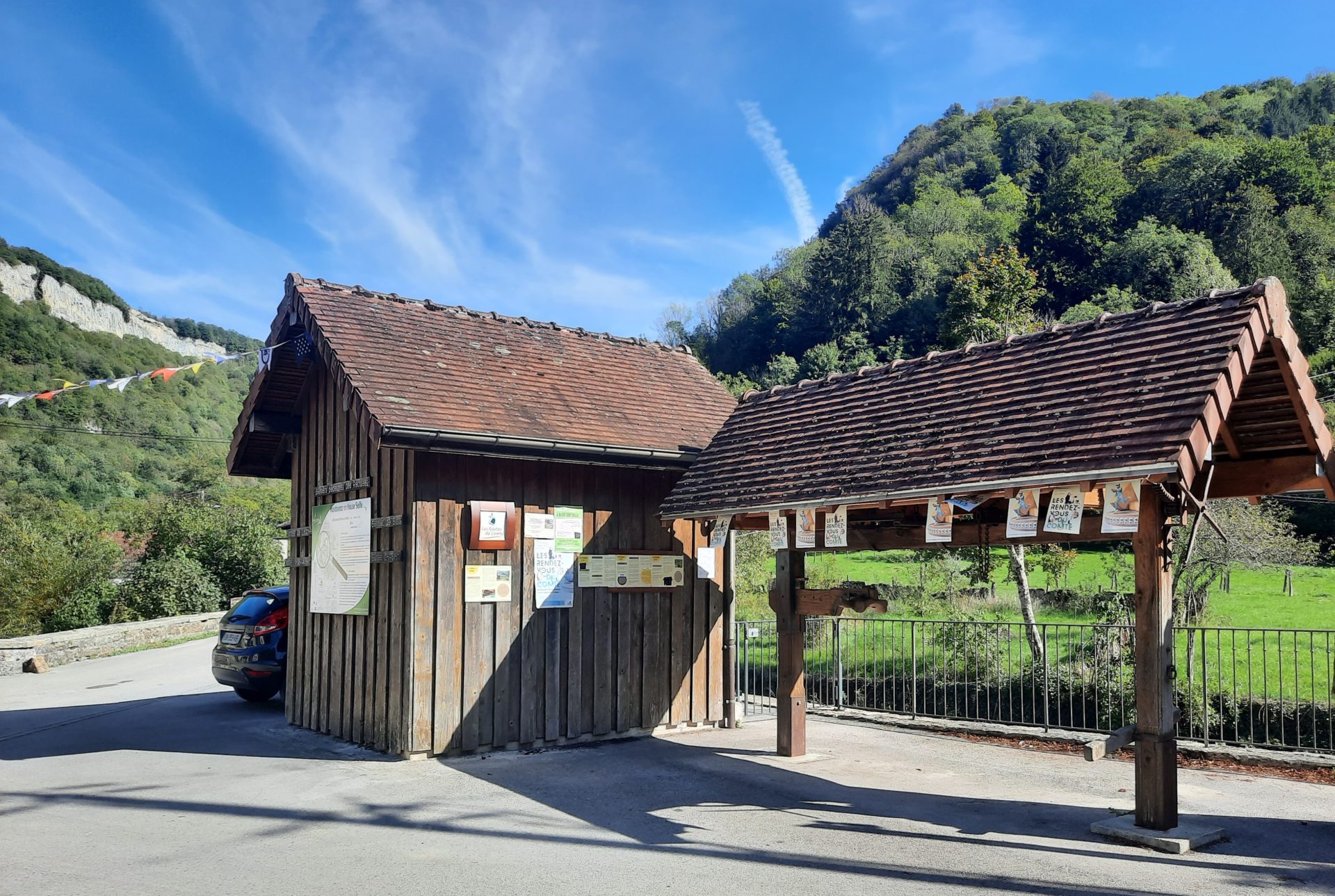
Milk cable car - Blois-sur-Seille 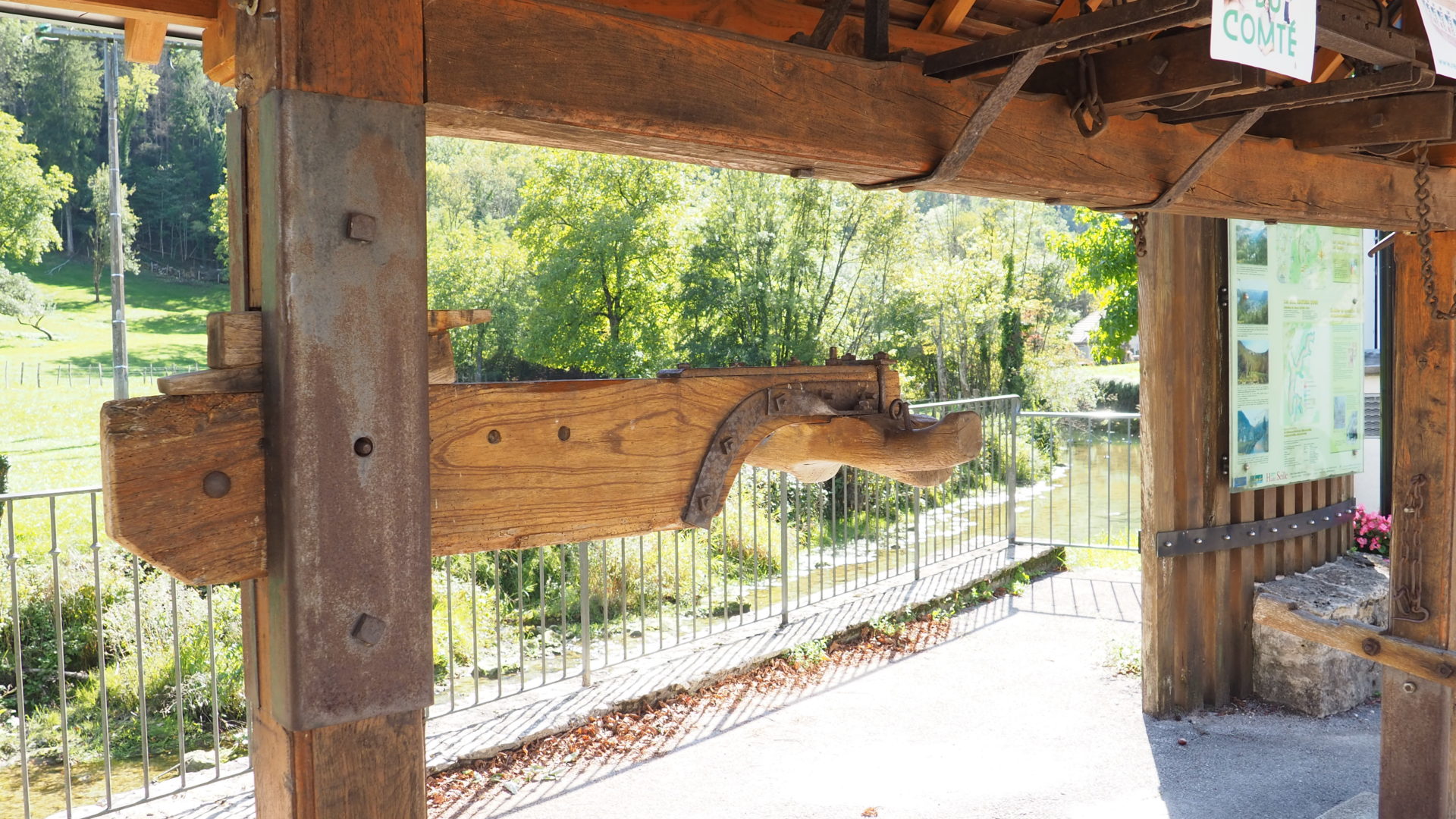
Horseshoeing machine - Blois-sur-Seille 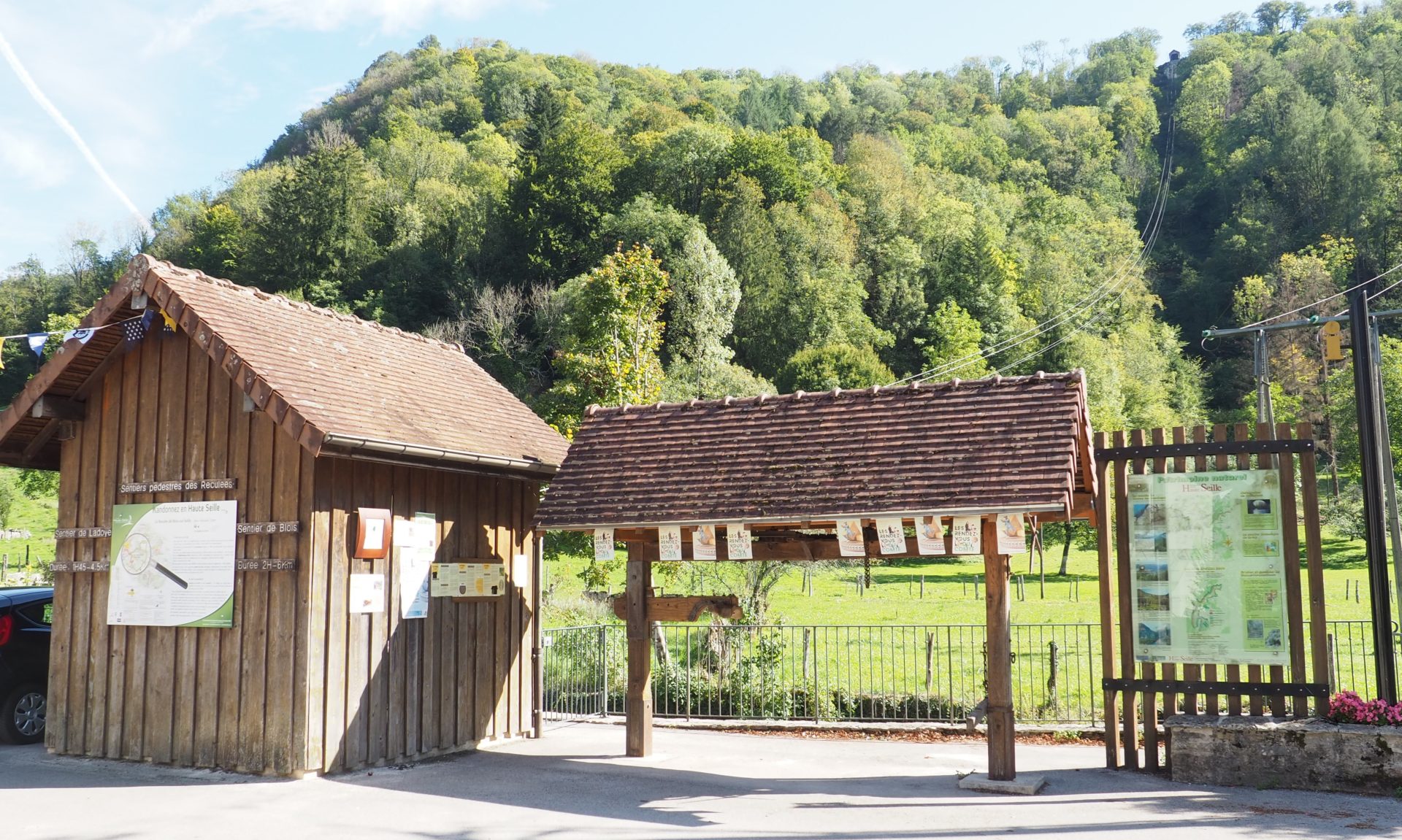
Cable car & shoeing machine - Blois-sur-Seille 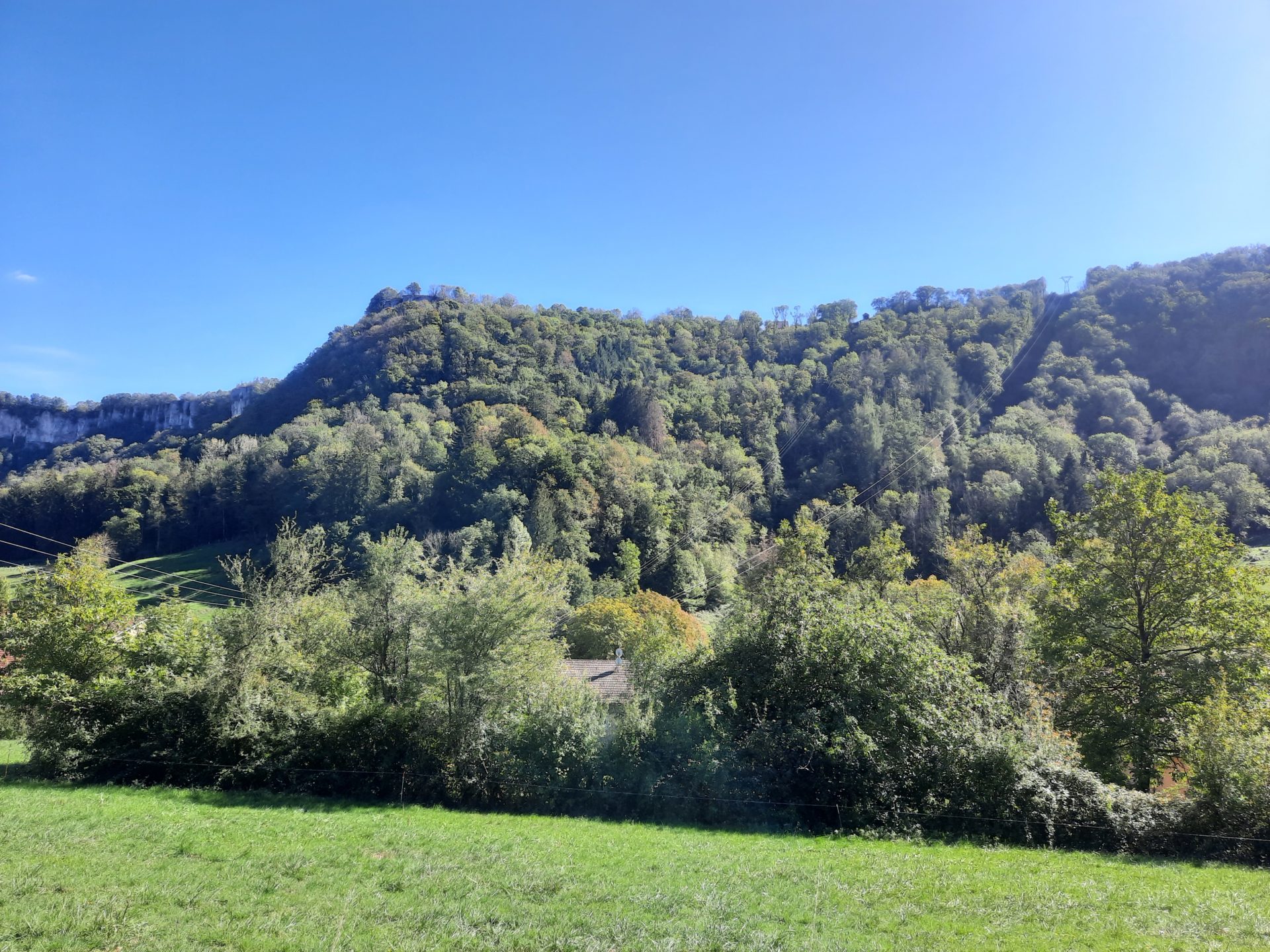
Reculée - Blois-sur-Seille

